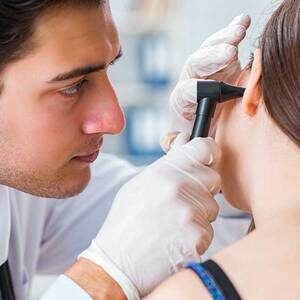Consult City's Top Doctors, The Minute You Need To
First Consultation starting
@ ₹249 ₹499
2836
Dermatologists
1012863
Cases done
by Dermatologists
1750
Hospitals
Solar Urticaria- The Rare Allergy
About
Solar Urticaria is also known as Sun Allergy. It is a condition in which people develop itchy, red rashes as soon as the skin is exposed to natural sunlight or any artificial source of light emitting ultraviolet radiation.
Solar Urticaria is often found in people aged between 20 to 40 years of age. [1]
Solar Urticaria is:
- Treatable by a medical professional
- Requires a medical diagnosis
- Lab tests or imaging may be required
- May or not be chronic, depending upon the severity
- Can affect both males and females
It is tough to diagnose because it is rare and looks similar to other dermatological conditions.
Symptoms
The common symptoms of Solar Urticaria are:
- Red rashes after exposure to sunlight
- Itching
- Pain in the affected area
- Rash disappearing after few hours
In case the hives are covering a major portion of the body, the symptoms can be severe like:
- Headaches
- Nausea
- Vomiting
- Low blood pressure
- Difficult breathing
Treatment
Self-care: Prevention in this case is the best solution. Wearing loose, dark clothing that covers a major portion of the skin, wearing hats with a wide brim, avoiding the sun, and sitting in the shade can help reduce the risk of Solar Urticaria. Skin products, detergents, sunscreen, and dyes can increase the risk of developing this disorder.
Medication: If the symptoms of Solar Urticaria are severe, then doctors may recommend drugs which contain antihistamines, or corticosteroids. Immunosuppressive drugs can also help treat the disorder.
Specialists: For other severe kinds, consulting a doctor is necessary. mfine gives information related to several medical conditions. You can also come on board for a holistic treatment.
Other Specialities
Give a missed call to 08061914343 to Download the App
































